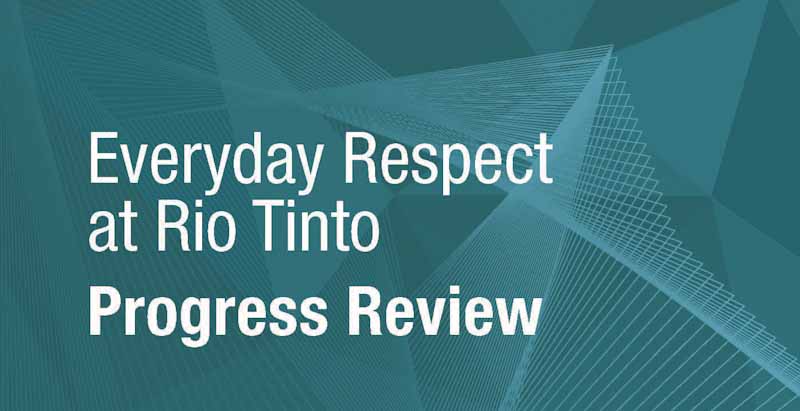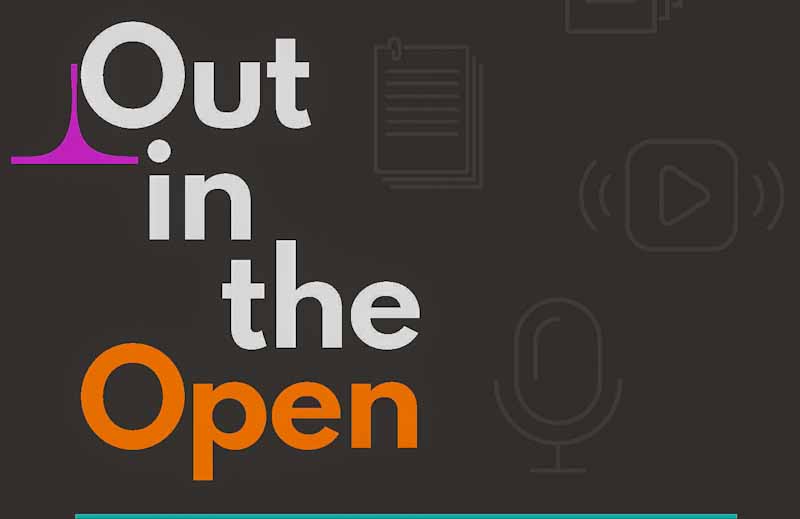The latest edition of OHS Professional magazine carried a long article by Kerry Smith titled “Understanding and Combating Complacency in the Workplace.” The article uses examples at the worker level when the greatest risk posed by complacency is likely to be with managers, executives, their attitudes to safety, and their own safety management systems.
Category: safety culture
A cultural shift may require a re-analysis of moral priorities
Last week, The Weekly Times, a prominent Australian agriculture newspaper, reported on some peculiar behaviours by farmers and quad bike owners. Under laws introduced by the Australian Competition and Consumer Commission, removing vital occupational health and safety (OHS) operator protection devices is permissible. Why would farmers remove a critical safety device and endanger themselves and others?
How bad must it have been?
The corporate cultures of Australia’s mining industry have been under substantial scrutiny for over a decade. Sexual harassment, bullying, work-related suicides and more psychosocial hazards have been identified with strategies introduced to address the cultures that contribute to these occupational harms.
On 20 November 2024, Rio Tinto released a progress survey on its cultural change initiatives, which the Australian Financial Review (AFR) described as showing a “backlash” to these reforms. This survey is a significant document for those on similar journeys and for occupational health and safety (OHS) advocates.
What are the most substantial impediments to improving the health and safety of workers?
This is the second in a possible series of articles based on an artificial intelligence analysis of decades of audio interviews and recordings with occupational health and safety professionals, academics, lawyers and more used for this blog and my other writings. This time, I asked:
What are the most substantial impediments to improving the health and safety of workers?
Several substantial impediments to improving worker health and safety emerge from the conversations:
“If you don’t sound the alarm, who will?” Matt Peacock and work health and safety
Prominent investigative journalist, Matt Peacock, has died from pancreative cancer. Few of us are lucky enough to save people’s lives, some of us change the world. Matt did both. He was never an occupational health and safety (OHS) specialist but his impact on the world of work, especially in Australia was profound and, probably, unmatched.
In 2019, I was helping the (then) Safety Institute of Australia with its conferences. I approached Matt to speak at the 2019 national conference dinner in Sydney, hoping he would be provocative. (Here is an article from that time) He shocked many in the audience when saying:
“..my message tonight is that if you were all doing your jobs properly, then I wouldn’t have had anything to report on in the first place.”
He did not let up on his challenging criticism that night. Below is the full transcript of his presentation, available for the first time.
If it cannot be done safely, it should not be done at all
“If it cannot be done safely, it should not be done at all.” I have heard this phrase repeatedly over the last 12 months in particular. It is a truth, but it also avoids all of the flexibility our occupational health and safety (OHS) laws, institutions and interpretations have allowed for decades. Perhaps our tolerance of this flexibility is fading.
I was reminded of the quote above when reading an article (paywalled) in The Times on October 17, 2024, written by Will Humphries titled “Army sexual harassment: ‘People wouldn’t join if they knew the truth’”.
Significant workplace culture investigation but OHS missed again
Australia’s news media is reporting a shocking report about the workplace culture of parts of the Nine Entertainment organisation – bullying, sexual harassment, abuse of power – all the elements of organisational culture that can be found in any company if one scratches the surface. Scratching is one of the aims of the occupational health and safety (OHS) discipline – investigating the causes of harm at the source.







